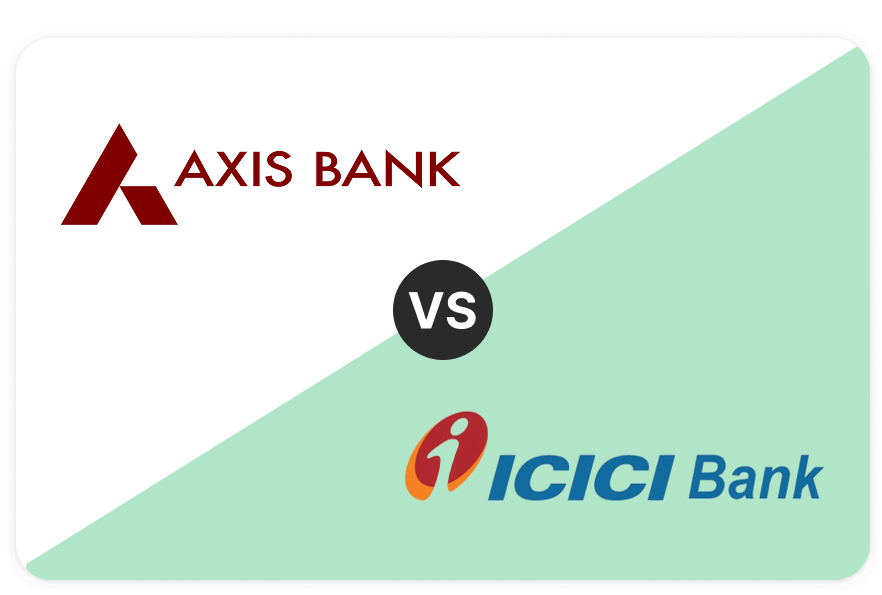
Cost of Studying in France for Indian Students
Have you ever dreamed of studying in France, walking down cobblestone streets after class, sipping coffee at a cosy café, and soaking in the culture while working on your next project?
Share this Article

Table of contents
| Feature | Axis Bank | ICICI Bank |
|---|---|---|
| Maximum Loan Amount | Up to ₹75 lakh | Up to ₹1 crore |
| What It Covers | Tuition, travel, living costs, insurance, books, and exam fees | Almost the same coverage |
| Bank | Interest Rate (Floating) |
|---|---|
| Axis Bank | 9.5% to 11.5% |
| ICICI Bank | 9.85% to 11.75% |
| Bank | Time Taken to Process Loan |
|---|---|
| Axis Bank | 10–15 working days |
| ICICI Bank | 7–12 working days |
| Bank | No-Collateral Loan Limit | Collateral Needed Above |
|---|---|---|
| Axis Bank | Up to ₹1.50Cr | Loans above ₹1.50Cr |
| ICICI Bank | Up to ₹1Cr | Loans above ₹1Cr |
| Bank | Margin Money You Pay |
|---|---|
| Axis Bank | 0% to 15% |
| ICICI Bank | 0% to 10% (less for top universities) |
| Feature | Axis Bank | ICICI Bank |
|---|---|---|
| Time Before Repayment Starts | Course duration + 6–12 months | Course duration + 6 months |
| Do You Pay Interest During This Time? | Yes, simple interest | Yes, simple interest |
| Bank | Processing Fee |
|---|---|
| Axis Bank | 1% + GST |
| ICICI Bank | 1% + GST |
| Feature | Axis Bank | ICICI Bank |
|---|---|---|
| Interest Rate | Slightly Higher | Slightly Higher |
| Maximum Loan Amount | No upper limit with collateral | No upper limit with collateral |
| Processing Time | 10–15 days | 7–12 days |
| Loan Without Collateral | Up to ₹1.50cr | Up to ₹1Cr |
| Margin Money | 0% to 15% | 0% to 10% |
| Processing Fee | 1% + GST | 1% + GST |
| International Network | Average | Strong |
Need Help in education loan
Latest article

Cost of Studying in France for Indian Students
Have you ever dreamed of studying in France, walking down cobblestone streets after class, sipping coffee at a cosy café, and soaking in the culture while working on your next project?

10 Best Universities in Germany for Indian Students
Thinking about studying in Germany but not sure which university to choose? You’re not alone. With hundreds of world-class institutions and countless courses to explore, it’s easy to feel lost when deciding where to apply.

Top PhD Scholarships for Indian Students to Study Abroad
You’ve probably dreamt of doing your PhD at a top university somewhere abroad. Sounds exciting, right? But once you start checking the tuition fees, research costs, and living expenses, that dream suddenly feels a little too expensive. For many Indian students, it almost seems out of reach.
WhatsApp us